Muscle Atrophy
What is a Muscle Atrophy?
Muscle atrophy is the term used to describe the loss or thinning out of muscle mass. It could be caused by neurological conditions or by not using your muscles enough. Symptoms include limb numbness, weakness, and tingling as well as one limb being smaller than the other and a decrease in muscle mass. Disuse atrophy can be resisted by exercise and a healthy diet.
Your symptoms of muscle atrophy will vary depending on the underlying reason for your illness. Muscular atrophy’s most obvious indication is decreased muscle mass. Various other symptoms of muscle atrophy include:
- Smaller one arm or leg than the other.
- Weak arm or leg.
- Arms and legs tingling or numb.
- Difficulty in balancing or walking.
- Speech or swallowing challenges.
- Facial lassitude.
You may have tingling, numbness, or weakness in your arms and legs if you have muscular atrophy in your limbs. Your facial muscles may begin to feel weakened and you can find it challenging to speak or swallow if you have atrophied muscles in your face or throat.
Causes of Muscle Atrophy
Poor nutrition
Muscle atrophy is one of the many health issues that can result from poor diet.
The International Osteoporosis Foundation specifically caution against diets deficient in lean protein, fruits, and vegetables since they can result in a loss of muscle mass.
Malnutrition-related muscular atrophy can come from illnesses that make it difficult for the body to absorb nutrients, like:
- Inflammatory bowel disease
- Celiac illness
- Cancer
- Despite ingesting a lot of calories, people with cachexia may have a severe decrease in appetite or unintended weight loss.
A complex metabolic disorder called cachexia results in severe weight loss and muscle atrophy. The symptom of another underlying ailment, such as cancer, HIV, or multiple sclerosis (MS), can manifest as cachexia.
Age
The body creates fewer proteins that encourage muscle growth as a person ages. Sarcopenia is a condition that results from the shrinking of the muscle cells as a result of decreased protein availability.
Up to one-third of persons 60 and older are affected by sarcopenia, according to Food and Drug Administration (FDA) research.
The following signs and symptoms of sarcopenia can also be caused by decreased muscle mass:
- Fragility or weakness
- Bad balance
- Having trouble moving
- Reduced endurance
- The normal aging process may inevitably lead to a decrease in muscular mass. However, it may raise the possibility of accidents and have a detrimental effect on a person’s general quality of life.
Genetics
A hereditary condition called spinal muscular atrophy (SMA) results in the loss of motor nerve cells and atrophy of the muscles.
The following groups of SMA include a variety of various types:
- Chromosome 5 and SMA: These forms of SMA are caused by a mutation in the SMN1 genes on chromosome 5. The surviving motor neuron protein is deficient as a result of the mutations. SMA can appear at any time in life but commonly does so in childhood.
- SMA and chromosome 5 are unrelated.
- A series of degenerative diseases known as muscular dystrophy results in a loss of muscle mass and weakening.
Medical conditions
The following chronic conditions and diseases can lead to muscle atrophy:
- The motor nerve cells that control the muscles are harmed by Lou Gehrig’s disease, commonly known as amyotrophic lateral sclerosis (ALS).
- Inflammation of the nerve fibers occurs when the body’s immune system targets the brain and spinal cord.
- Arthritis: An inflammatory condition that affects the joints and causes pain and stiffness is called arthritis. Arthritis can severely limit a person’s mobility and lead to muscular atrophy and disuse.
- Myositis: The medical term for muscle inflammation is myositis. Muscle aches and weakness are symptoms of this sickness. A person may get myositis as a result of an autoimmune disorder or another ailment.
Neurological problems
Neurogenic muscular atrophy can result from an illness or injury to the nerves that control the muscles.
Since the nerve is no longer communicating with the muscles, they are unable to contract when this occurs.
Symptoms of Muscle Atrophy
Muscle atrophy symptoms vary greatly depending on the cause and severity of muscle loss.
Muscular atrophy symptoms include:
- Having a noticeably smaller arm or leg than the others
- Suffering limb weakness or general
- Balancing difficulties
- Going a long time without doing anything
- If muscle atrophy is caused by another condition, you may need to be tested to determine the cause.
Diagnosis
Your comprehensive medical history will be requested by your doctor.
- Inform them of any past or recent injuries or medical issues.
- List your prescriptions, over-the-counter drugs, and vitamins.
Your doctor may also request tests to aid in diagnosis and rule out specific conditions. Among these tests are:
- Blood examinations
- X-rays
- MRI stands for magnetic resonance imaging.
- CT (computed tomography) scan
- Muscle or nerve biopsies electromyography (EMG) nerve conduction studies
Treatment of Muscle Atrophy
Treatment for muscular atrophy varies according to the extent of muscle loss and the existence of any underlying medical problems.
Treating the underlying illness that is causing muscular atrophy may assist in decreasing the course of muscle loss.
Physical therapy
Physical therapy is practicing particular stretches and exercises to prevent immobility. Physical therapy can help individuals with muscle atrophy in the following ways:
- Avoiding immobility
- Enhancing muscular strength
- Increasing circulation
- Lowering spasticity, which causes muscular contractions to be constant
- Functional electric stimulation
Another successful treatment for muscular atrophy is functional electrical stimulation (FES). Electrical impulses are used to induce muscular contraction in afflicted muscles.
A qualified technician applies electrodes to an atrophied limb during FES. The electrodes send an electrical current, which causes the limb to move.
Focused ultrasound therapy
This technology directs ultrasonic energy beams to targeted parts of the body. The beams cause atrophied muscle tissue to contract.
This innovative technology is still in development and has not yet entered clinical trials.
Surgery
Surgical techniques may help persons whose muscular atrophy is caused by neurological diseases, accidents, or starvation.
Summary
The wasting or thinning out of muscle mass is called muscular atrophy. It can be caused by a variety of factors, including overuse, malnutrition, age, genetics, and certain medical conditions.
Disuse is one of the most frequent causes of muscular atrophy. This occurs when you don’t use your muscles enough. For example, if you’re in bed for a long period, your muscles will start to atrophy. Disuse atrophy can also occur if you have a job or hobby that doesn’t require much physical activity.
Other causes of muscle atrophy include:
- Malnutrition: If you don’t eat enough protein or calories, your muscles will not have the nutrients they need to maintain their mass.
- Age: You inevitably lose muscular mass as you age. This is because the body produces less testosterone, a hormone that helps to build and maintain muscle mass.
- Genetics: Some people are simply more prone to muscle atrophy than others. There could be underlying medical issues or hereditary causes.
- Medical conditions: Certain medical conditions, such as cancer, AIDS, and heart disease, can lead to muscle atrophy. This is because these conditions can damage the nerves that control muscle movement or reduce the body’s ability to produce muscle protein.
Symptoms of muscle atrophy include:
- Decreased muscle mass
- Muscle weakness
- Fatigue
- Difficulty with everyday activities
- Pain and stiffness in the muscles
If you think you may be experiencing muscle atrophy, it’s important to see a doctor to determine the underlying cause and get treatment. Treatment for muscle atrophy will vary depending on the cause. However, in general, treatment will focus on increasing physical activity and improving nutrition. Medication or surgery might be required in some circumstances.
Here are some tips to help prevent muscle atrophy:
- Engage in regular physical activity. Target for nearly 30 to 40 minutes of medium level of regular exercise most days of the week.
- Consume a diet high in calories and protein to maintain good health.
- Get enough sleep.
- If you have a medical condition that could lead to muscle atrophy, work with your doctor to manage your condition and reduce your risk of muscle loss.
FAQS
What is muscle atrophy?
The wasting or thinning out of muscle tissue is called muscular atrophy. It can be caused by a variety of factors, including disuse, malnutrition, age, genetics, and certain medical conditions
Can muscle atrophy be reversed?
Yes, muscle atrophy can be reversed in most cases. However, the amount of time it takes to reverse muscle atrophy will vary depending on the cause and severity of the condition.
What exercises are best for preventing muscle atrophy?
Any type of exercise that challenges your muscles can help to prevent muscle atrophy. This includes strength training exercises, such as lifting weights, and endurance exercises, such as walking, running, and swimming.
What foods should I eat to prevent muscle atrophy?
It’s important to eat a healthy diet that includes plenty of protein and calories to prevent muscle atrophy. Lean meats, fish, poultry, eggs, dairy products, and legumes are all excellent sources of protein. Good sources of calories include complex carbohydrates, such as whole grains, fruits, and vegetables, and healthy fats, such as those found in nuts, seeds, and avocados.
Reference:
- Professional, C. C. M. (n.d.). Muscle Atrophy. Cleveland Clinic. https://my.clevelandclinic.org/health/diseases/22310-muscle-atrophy
- Eske, J. (2023, October 18). What to know about muscle atrophy. https://www.medicalnewstoday.com/articles/325316
- Pietrangelo, A. (2019, August 24). What Causes Muscle Wasting? Healthline. https://www.healthline.com/health/muscle-atrophy
- Muscle atrophy. (2023, November 1). In Wikipedia. https://en.wikipedia.org/wiki/Muscle_atrophy

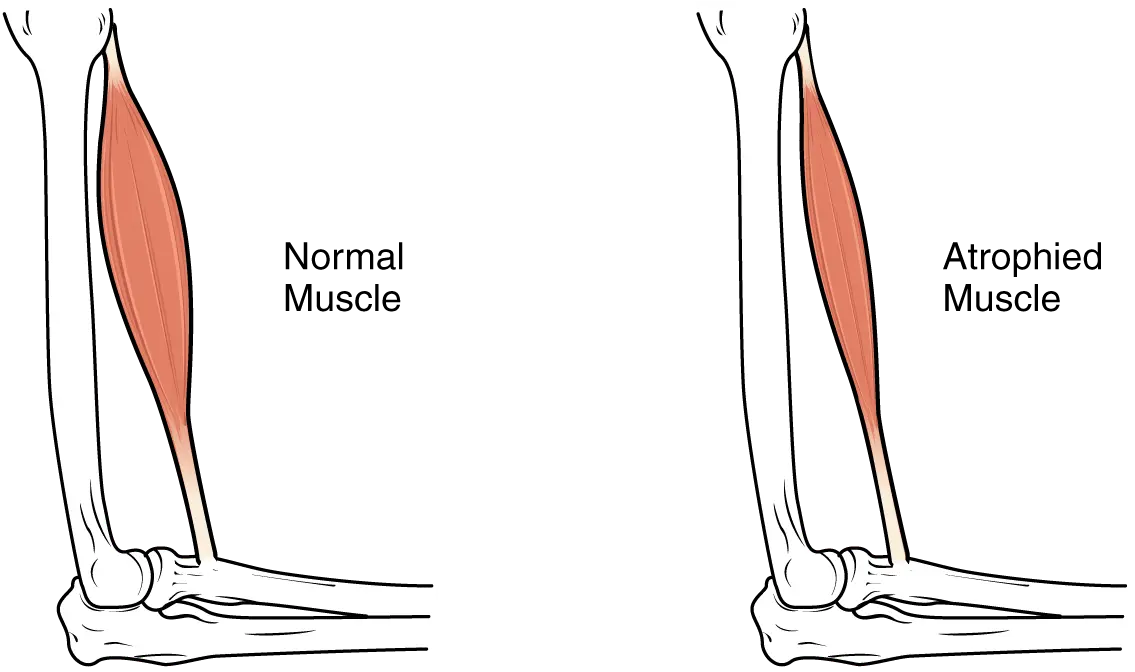
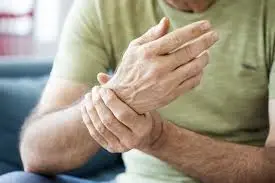
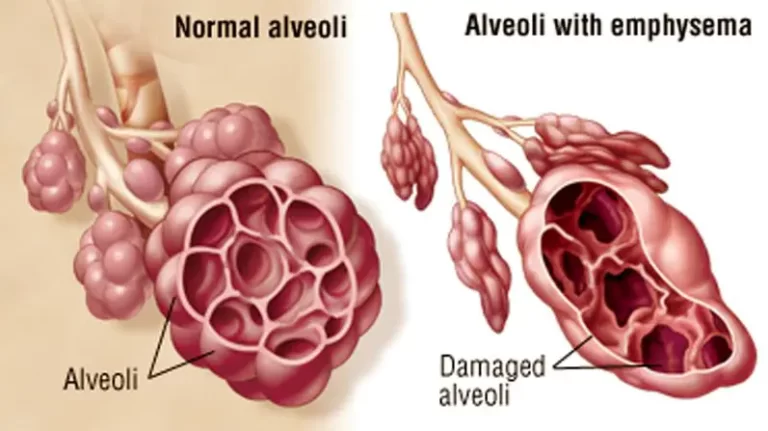

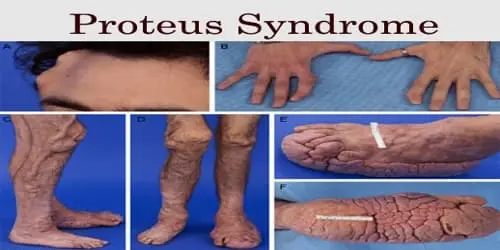
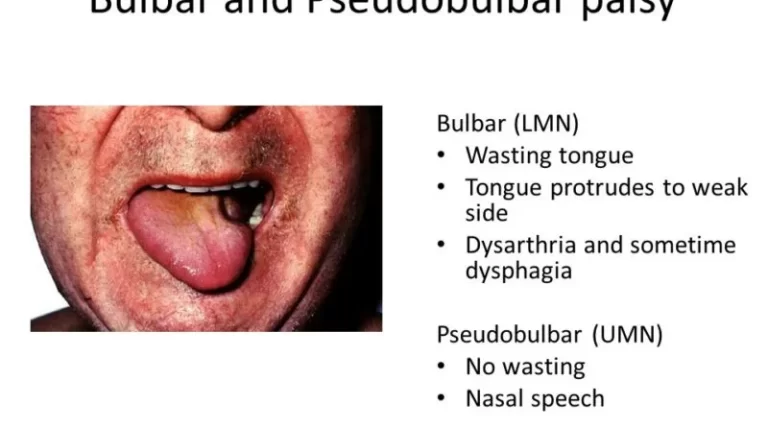

7 Comments